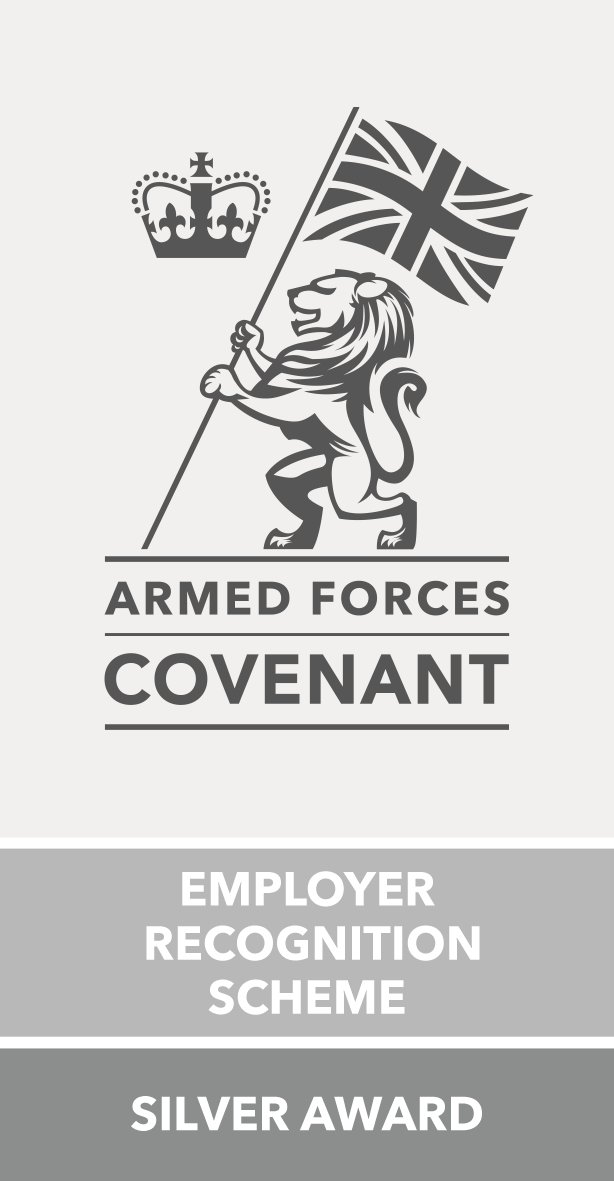Irritated Nerve - Neck
Sometimes, problems in the neck can cause symptoms in one or both arms. This is because a number of nerves travel through the neck region and down into the arms. If one or more of these nerves becomes irritated it can cause pain, numbness, tingling, or weakness in the arms and hands. Sometimes this is referred to as a ‘trapped nerve’ although the nerve may not be trapped or pinched at all. It is best thought of as nerve irritation. The exact site of the pain depends on which nerve is involved, but pain can sometimes be felt all the way down the arm and in to the hand.
If you develop symptoms like this, you should speak to your GP or first contact practitioner. In most cases, symptoms will settle in 6-12 weeks as the area heals and the nerve irritation settles down. You may be advised to see a physiotherapist who can perform an assessment, discuss the causes with you and give you exercises that are tailored to your needs. You will need to manage your physical activity, perhaps avoiding heavy lifting. However, it is important to remember not to keep your head still or avoid neck movement altogether as this will only worsen the problem when you start to move again. If pain is severe, you may wish to discuss pain relief medication with a doctor or prescriber at your GP surgery. Heat and/or ice application can also be helpful in managing symptoms.
In a small number of cases, nerve irritation can cause worsening problems. If you notice any of the following symptoms developing recently you will need to seek urgent medical attention.
- Weakness that is worsening.
- Severe numbness that is worsening
- Clumsiness in the hands or unstable walking
- Fever not explained by flu or known infection, such as a bladder infection
- Severe, unremitting pain which does not improve with analgesia or rest.
Please take a look at the resources below for useful advice on how to manage your neck pain.
Disclaimer
Prior to completing the following exercises please ensure you feel happy to do so and if you have any concerns liaise with your GP or health practioner.
Please be aware during the exercise you are likely to feel muscular effort, but not pain. You may feel muscular ache for 2 to 3 days following your exercise which is expected. If you feel a significant increase in pain, please liaise with your GP or health practioner.
Each of the exercises are demonstrated at various levels, please ensure you are working at an appropriate level for your ability.
During strength exercises, we would expect you to feel muscular ache due to fatigue during each exercise. This will guide the numbers of repetitions required for each exercise, which should increase over time as you get stronger.
Videos
Postural Advice
Cervical Flexion Stretch
Cervical Extension Stretch
Cervical Rotation Stretch
Cervical Side Flexion Stretch
Protraction Retraction Mobility Exercise – Close the Drawer
Upper Trapezius Stretch
Cervical Flexion Strength Exercise
Cervical Rotation Strength Exercise
Cervical Side Flexion Strength Exercise
Cervical Retraction Strength Exercise - Sitting
Cervical Retraction Exercise - Chin Tuck at the Wall
Cervical Retraction Strength Exercise - Supine
Cervical Retraction Strength Exercise - Prone
Prone Hundreds
Swan Dive
Links to other Neck Advice Resources
This leaflet contains information on common neck problems and management strategies
This leaflet has exercise that can be helpful for neck pain

















